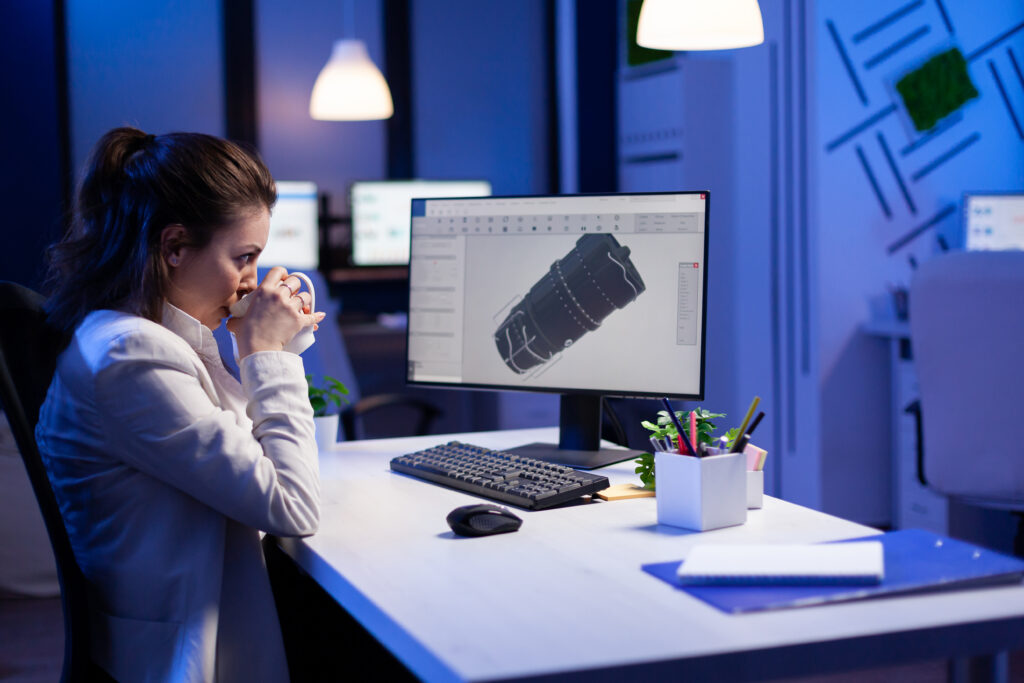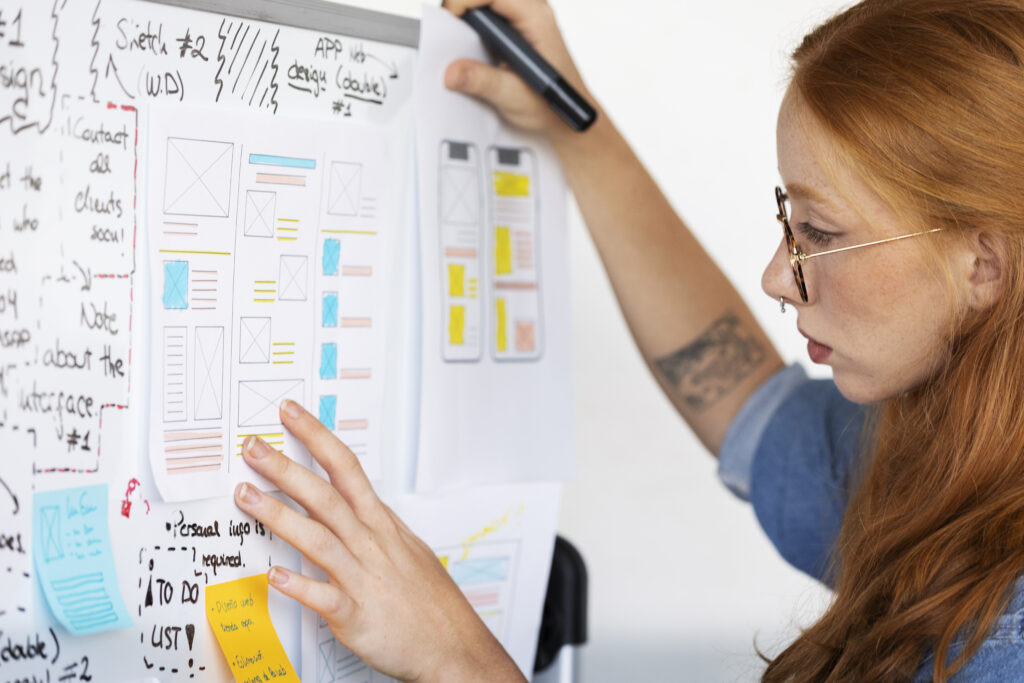In the realm of CAD design, where precision and efficiency reign supreme, the focus is shifting towards a critical element: User Experience (UX). This blog explores the profound impact of user experience in CAD design, unraveling its significance in shaping the future of innovation.

Table of Contents
Understanding User Experience in CAD Design
User Experience in CAD design goes beyond just creating aesthetically pleasing interfaces. It encompasses how users interact with the software, their satisfaction, and the overall effectiveness of the design process. As technology evolves, the role of UX becomes increasingly pivotal in ensuring that CAD tools are not just powerful but also user-friendly.
Streamlining Workflows for Efficiency
One of the primary benefits of prioritizing user experience in CAD design is the streamlining of workflows. Intuitive interfaces and well-thought-out interactions reduce the learning curve for users, allowing them to navigate the software seamlessly. This, in turn, enhances productivity and accelerates the design process.
Enhancing Collaboration and Communication
CAD design is rarely a solitary endeavor. Collaboration is key, and a positive user experience fosters effective communication among team members. Features that facilitate real-time collaboration, easy sharing of designs, and smooth communication within the software contribute to a cohesive and efficient design environment.
Reducing Errors and Improving Accuracy
In the intricate world of CAD, precision is non-negotiable. A user-friendly interface and a thoughtfully designed user experience help minimize errors. Intuitive tools and responsive feedback mechanisms guide users, reducing the likelihood of mistakes and ensuring the accuracy of the final design.
The Evolution of User-centric CAD Design
Human-Centered Design Principles
The shift towards a user-centric approach in CAD design is rooted in human-centered design principles. Understanding the needs, preferences, and pain points of users becomes the driving force behind creating CAD tools that are not only powerful but also enjoyable to use.
Iterative Prototyping for User Feedback
Incorporating user feedback is integral to enhancing the user experience. CAD designers are adopting iterative prototyping methodologies, creating prototypes of their software to gather insights from users early in the development process. This iterative approach ensures that the final product aligns with user expectations and preferences.

Key Elements of User Experience in CAD Design
Intuitive Interface Design
The cornerstone of a positive user experience is an intuitive interface. CAD tools should present a logical and user-friendly layout, with easily accessible tools and commands. Clear navigation and visual cues contribute to a seamless and enjoyable user experience.
Responsive and Efficient Performance
Slow and unresponsive software can impede the design process and frustrate users. Optimal performance is a crucial aspect of user experience in CAD design. Smooth interactions, quick rendering, and efficient handling of complex designs contribute to a positive user experience.
Customization for Diverse User Needs
Not all CAD users have the same requirements. Providing customization options allows users to tailor the software to their specific needs and preferences. This adaptability enhances user satisfaction and ensures that the software caters to a diverse range of design workflows.
Seamless Integration with Other Tools
User experience extends beyond the CAD software itself. Ensuring seamless integration with other design tools, project management platforms, and file formats is crucial. This interoperability enhances the overall design ecosystem and contributes to a smoother workflow for designers.
Accessibility and Inclusivity
A user-friendly CAD design should be accessible to a diverse user base. Prioritizing accessibility features, such as keyboard shortcuts, voice commands, and screen reader compatibility, ensures that individuals with varying abilities can participate in the design process, fostering inclusivity within the design community.
Comprehensive Learning Resources
Learning is an ongoing process in the ever-evolving landscape of CAD design. Providing comprehensive learning resources within the software, including tutorials, tooltips, and a robust help center, empowers users to continually enhance their skills. This commitment to education contributes to a positive and supportive user experience.
Sustainability and Eco-Friendly Design
n an era where sustainability is paramount, integrating eco-friendly design features into CAD tools is becoming increasingly important. User experience extends beyond the digital realm, and by incorporating tools that facilitate environmentally conscious design choices, CAD software can contribute to a more sustainable future in product development and manufacturing.
The Future Landscape of CAD Design
As technology continues to advance, the future of CAD design is intrinsically tied to the evolution of user experience. The integration of artificial intelligence, augmented reality, and virtual reality will further reshape how designers interact with CAD software, offering new dimensions to the user experience.
AI-Powered Design Assistance
Artificial intelligence is poised to become a valuable ally in CAD design. From automated design suggestions to intelligent error detection, AI can enhance the user experience by providing valuable insights and streamlining the design process.
Augmented and Virtual Reality Interfaces
The immersive nature of augmented and virtual reality interfaces holds great promise for CAD design. Enabling designers to interact with their creations in three-dimensional space, these interfaces have the potential to revolutionize how users engage with CAD software, making the experience more intuitive and tactile.
Conclusion
In conclusion, the importance of user experience in CAD design cannot be overstated. As technology evolves and design processes become more complex, prioritizing the user experience is not just a nicety but a necessity. Streamlining workflows, enhancing collaboration, reducing errors, and embracing human-centered design principles are the pillars that will shape the future of CAD innovation. By placing users at the center of the design process, CAD designers pave the way for a future where creativity and technology harmoniously converge, unlocking new possibilities in the world of design.
Discover unparalleled CAD design services at MLVOLT, where innovation meets exceptional user experience. Elevate your projects with our expertise. Visit our site for a transformative design journey!

Prince Gupta, Ex-Marketing Manager @ MBA CHAI WALA
Founder of MLVOLT PRIVATE LIMITED.